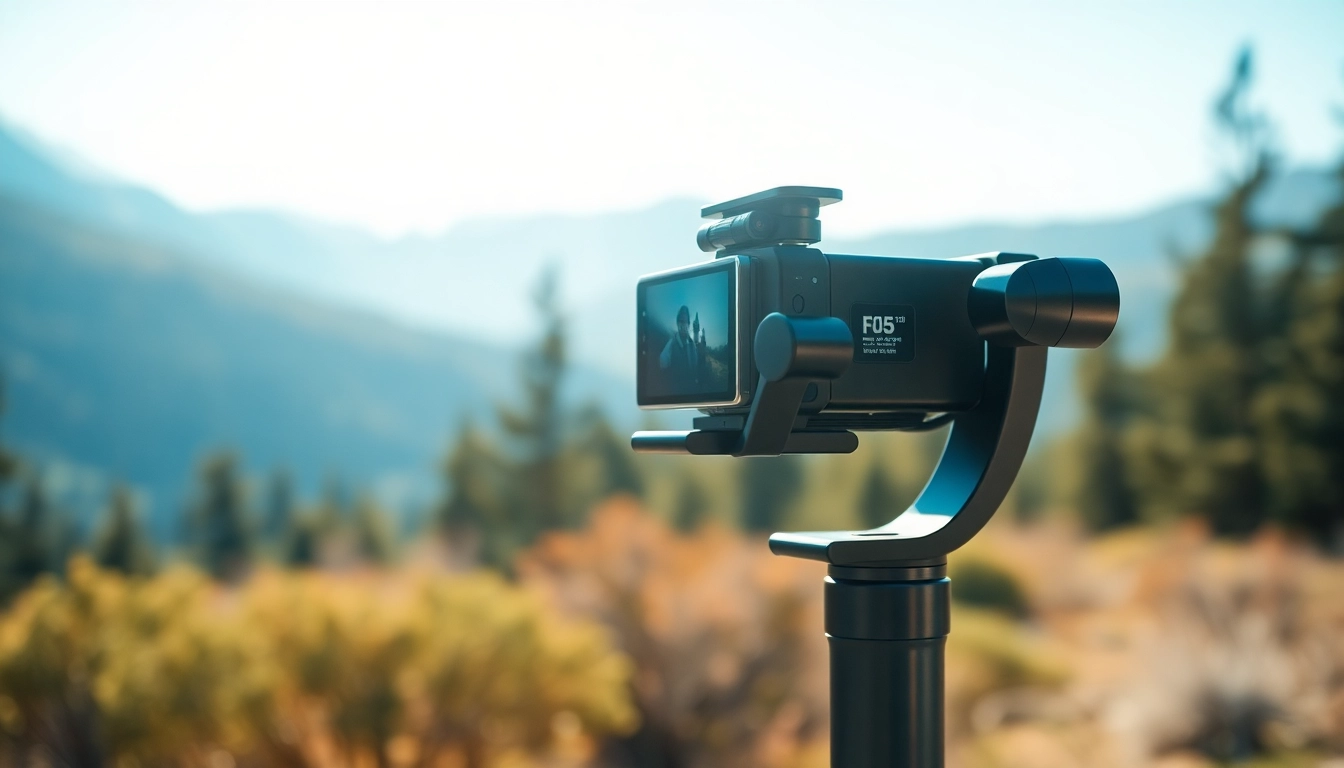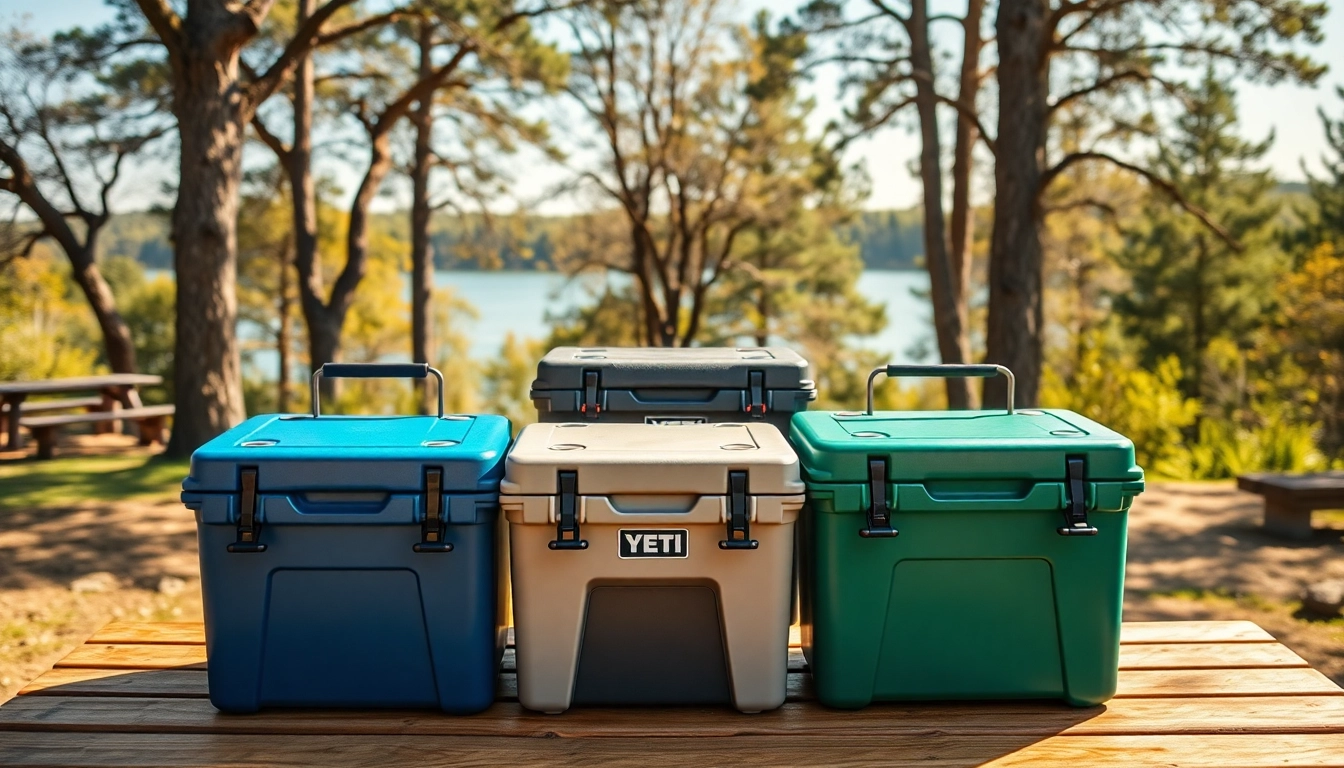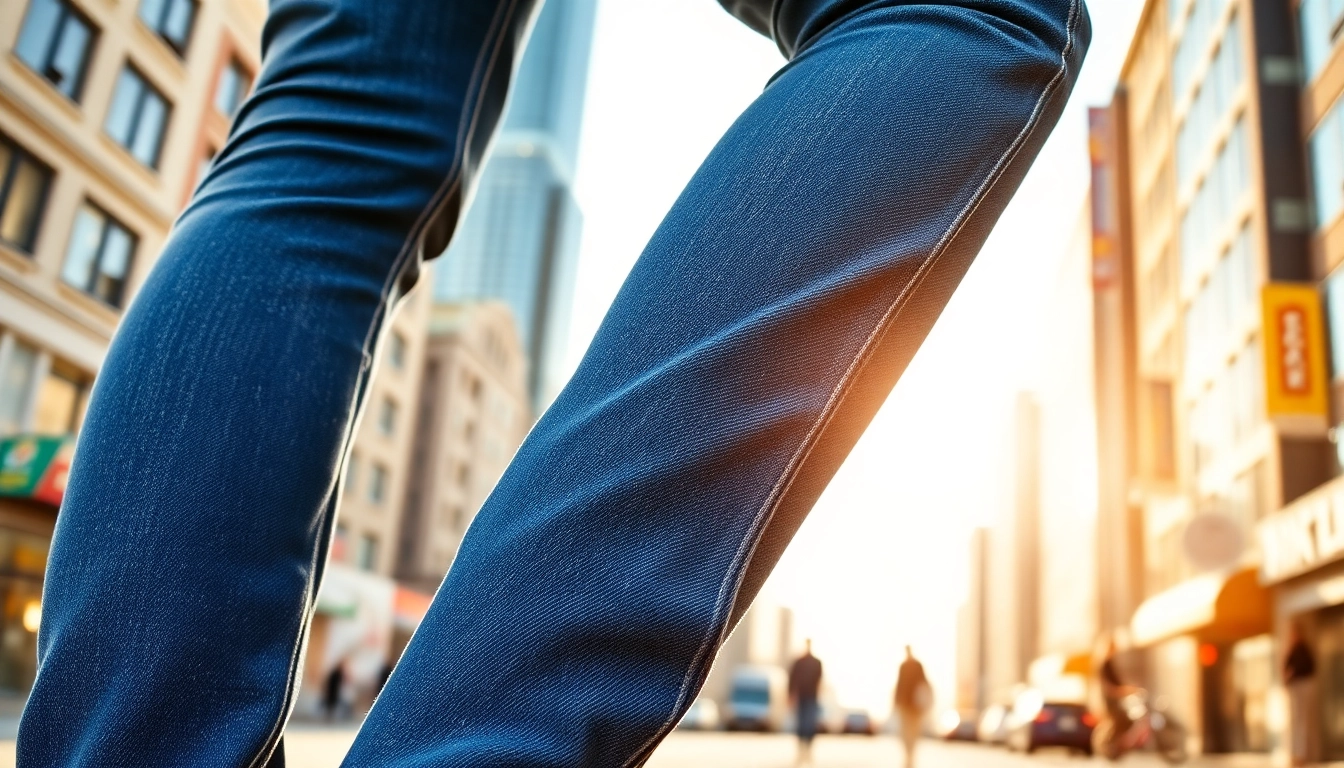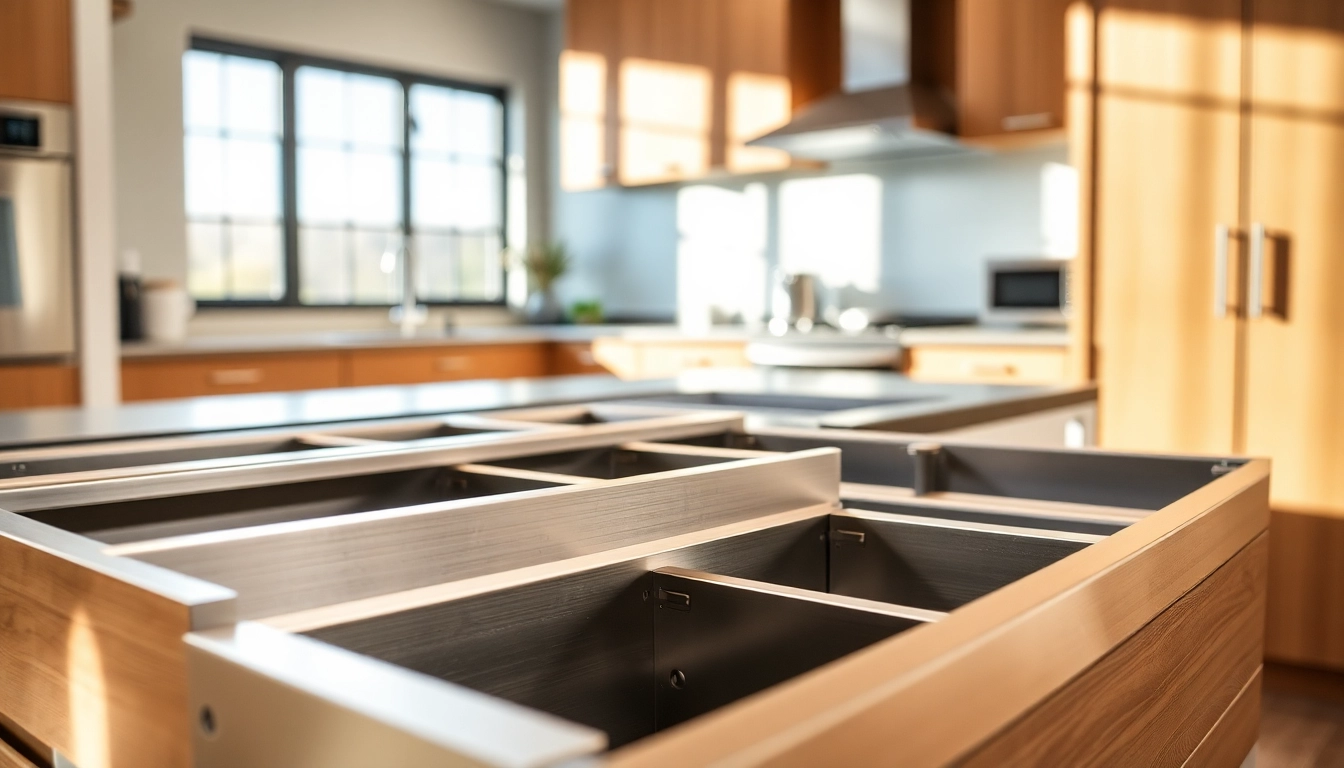Understanding Gimbal Stabilizers
In the world of digital filmmaking and content creation, gimbal stabilizer technology has transformed how we capture video footage, enabling creators to deliver exceptional results that resonate with audiences. At its core, a gimbal stabilizer eliminates unwanted camera movement, ensuring that the videos produced appear smooth and professional. This article delves deeper into the mechanics of gimbals, their advantages, various types available in the market, and best practices for using and maintaining them.
What is a Gimbal Stabilizer?
A gimbal stabilizer is a mechanical device that uses motors and sensors to pivot a camera around three axes: pitch, roll, and yaw. This advanced engineering compensates for unwanted movements, such as hand tremors or sudden jerks when filming, allowing the camera to remain steady even in dynamic situations. Gimbals can be particularly beneficial for those engaged in activities such as sports, travel vlogging, or commercial filmmaking, where minimizing horizontal and vertical shake is essential.
How Gimbal Stabilizers Work
The operation of a gimbal stabilizer revolves around electronic sensors and motors that detect movement. When the camera tilts or shakes, the built-in sensors quickly react by adjusting the position of the camera to maintain its level. This real-time adjustment ensures that the footage captured is smooth, even when the operator is in motion. Most advanced gimbal stabilizers come equipped with 3-axis motors that allow varying degrees of motion compensation, which contributes significantly to the cinematic quality of the footage.
Key Features to Look For
When selecting a gimbal stabilizer, it is crucial to consider several key features that can impact performance:
- Axis Control: Look for a gimbal with 3-axis stabilization capabilities for optimal control over pitch, roll, and yaw.
- Weight Capacity: Ensure the gimbal can support the weight of your camera and any accessories you plan to use.
- Battery Life: Longer battery life allows for extended shooting durations, which is especially important during outdoor shoots.
- Build Quality: A sturdy and lightweight construction can improve overall ease of use without compromising on durability.
- Connectivity Features: Wireless connectivity and integration with smartphones offer enhanced functionalities like remote control and app-based adjustments.
Benefits of Using a Gimbal Stabilizer
Incorporating a gimbal stabilizer into your filmmaking toolkit brings about several significant advantages:
Enhanced Stability and Smoothness
One of the primary reasons why filmmakers invest in a gimbal stabilizer is its ability to provide enhanced stability and smoothness during shots. Whether you are walking, running, or navigating through different terrains, a gimbal ensures that the camera remains steady, thus reducing fatigue and improving the viewer’s experience. This level of stabilization enables shots that you previously thought impossible, such as action sequences or nervously-paced interviews.
Improved Cinematic Quality
With the elimination of shaky footage, gimbal stabilizers allow filmmakers to achieve a more polished and cinematic aesthetic compared to hand-held shooting. Smoothness is integral to storytelling, as it enhances scene transitions and maintains continuity. By employing a gimbal, content creators can elevate their projects and engage their audiences more effectively.
Convenience for Mobile Filmmakers
Gimbal stabilizers are also praised for their portability. With many options available that are lightweight and compact, mobile filmmakers can easily transport their gear without hassle. This convenience enables spontaneous shooting opportunities that might otherwise be missed due to cumbersome equipment. Furthermore, user-friendly control interfaces in many gimbal stabilizers allow new users to quickly adapt and begin creating high-quality content.
Different Types of Gimbal Stabilizers
Understanding the various types of gimbal stabilizers available in the market is essential for choosing the right one for your needs.
Handheld Gimbal Stabilizers
Handheld gimbal stabilizers are versatile and designed for single-operator use. They enable users to achieve smooth footage while walking, running, or navigating different environments. Their compact nature allows for easy transport and setup, making them ideal for travel and on-the-go shooting. Handheld gimbals often come with adjustable grips and varying arm lengths to suit different shooting styles and preferences.
Motorized vs. Non-Motorized Models
Gimbals can primarily be classified into motorized and non-motorized models. Motorized gimbals use electronic components to stabilize the camera, offering advanced features and smooth operation, making them suitable for dynamic shooting environments. On the other hand, non-motorized models rely on manual adjustments and may be preferred by those who appreciate the traditional feel and hands-on control.
Choosing the Right Stabilizer for Your Device
When selecting a gimbal stabilizer, consider the type of device you will be using, whether a smartphone, DSLR, or mirrorless camera. Various stabilizer options are tailored for specific devices, ensuring optimal performance and compatibility. Selecting a gimbal with adjustable mounting mechanisms can also provide greater flexibility for using different cameras or accessories in the future.
Tips for Using Your Gimbal Stabilizer Effectively
Maximizing the performance of your gimbal stabilizer requires some thoughtful practices. Here are some tips to help ensure you get the best results:
Proper Setup and Calibration
Before beginning your shoot, it is crucial to properly setup and calibrate your gimbal stabilizer. Following the manufacturer’s instructions to secure mounting and balanced setup will ensure smoother footage. Calibration typically involves leveling the gimbal, setting weight limits, and adjusting motor strength to suit your shooting preferences.
Best Filming Techniques with a Gimbal Stabilizer
To further enhance the effectiveness of a gimbal stabilizer, adopt best filming techniques such as using slow, deliberate movements and considering your framing carefully. Experimenting with different angles and shot types will showcase the true potential of the stabilizer, enabling you to capture scenes with depth and intrigue.
Common Mistakes to Avoid
XAvoiding common mistakes can unify an effective shooting experience. For instance, neglecting to balance the gimbal before shooting or rushing through setup can lead to undesirable shaky footage. Always take the time to test and practice with your gimbal prior to critical filming periods to build comfort and confidence in its operation.
Maintaining Your Gimbal Stabilizer
Regular maintenance of your gimbal stabilizer is key to prolonging its lifespan and ensuring consistent performance. Here are some essential tips for keeping your equipment in top condition.
Cleaning and Care Tips
To maintain the optimal performance of your gimbal stabilizer, regular cleaning and care are essential. Use a soft microfiber cloth to wipe down the gimbal after each use, removing dust and debris that could affect its functionality. Ensure that the motors and joints are free from obstruction and lubricate them as recommended by the manufacturer to prevent wear and tear.
Updating Software and Firmware
Many modern gimbal stabilizers come equipped with software and firmware that can be updated. Regularly checking for updates enhances performance, adds new features, and resolves any bugs or issues. Keeping your gimbal’s software up to date is crucial for ensuring compatibility with any new devices you may use.
When to Seek Professional Repairs
While basic maintenance can be handled by the user, knowing when to seek professional repairs is important. If your gimbal exhibits unusual sounds or limitations in motor performance, it may be time to consult an expert. Addressing issues early can prevent further damage and ensure your investment remains sound.
Conclusion
Gimbal stabilizers have revolutionized the filming landscape by offering unparalleled stability, cinematic quality, and user-friendly features for a variety of creators. By understanding their mechanics, benefits, and best practices for use and maintenance, filmmakers can truly unlock the potential of this powerful tool. Embracing the gimbal stabilizer is essential for anyone striving to enhance their visual storytelling and deliver exceptional content that captivates and engages audiences.



